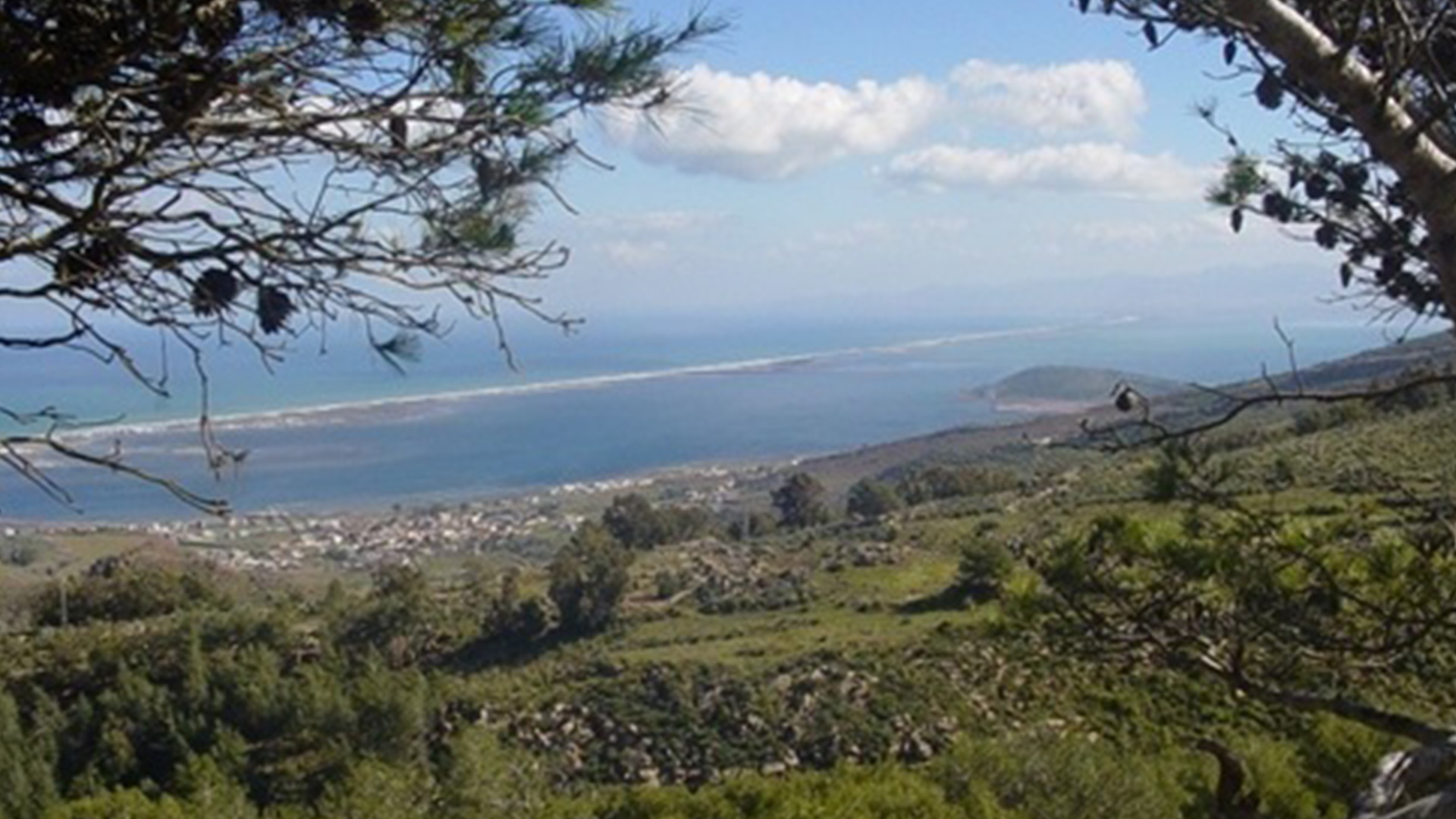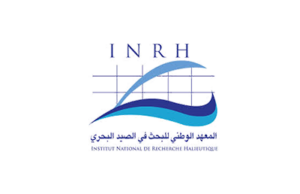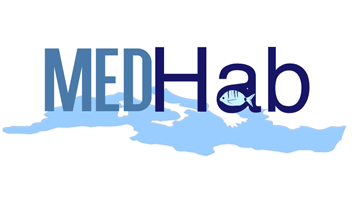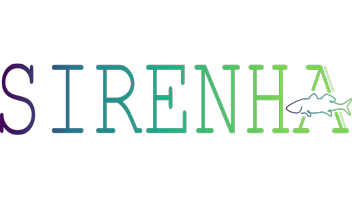
OBSERVATORY OF THE LAGOON OF MARCHICA
The lagoon of Marchica (also known as the lagoon of Nador) is the only lagoon on the Mediterranean coast of Morocco. It is an example of a vulnerable coastal zone in full socio-economic mutation. The strong urbanization that its shoreline has undergone has generated disturbances of various kinds (pollution, loss of habitats, etc.) which have had repercussions on the values, functions and ecological services of this ecosystem.
The Marchica Observatory was created within the framework of the project “Global Plan for the Depollution and Protection of the Marchica Lagoon” led by the Mohammed VI Foundation for the Protection of the Environment and financed by the French Fund for the Global Environment (FFEM) in collaboration with the French Development Agency (AFD). It should help improve understanding of the major environmental challenges in the lagoon and allow relevant forecasts for the integrated management of this ecosystem. In 2016, as part of a partnership between Moroccan institutions (Mohammed VI Foundation for the Protection of the Environment, National Institute of Fisheries Research, Mohamed V University of Rabat) and French institutions (Conservatoire du Littoral de l’Espace Littoral et des Rivages Lacustres and the Rhone-Mediterranean-Corsica Water Agency), a basis for reflection made it possible to establish a monitoring program articulated around biological diversity, the quality of the state of the environment, and the management of pressures-threats in the Marchica. The monitoring network and the monitoring indicators were adopted in a participatory manner by all the local actors involved in the Marchica observatory.
The main indicators of the quality of the waters of the lagoon monitored are related to “Fish”, “Cymodocea nodosa meadows”, “benthic invertebrates”, “nutrients”, “physico-chemical parameters”, “metallic trace elements”, “socio-economic monitoring of fishing activities”, “non-indigenous species”, “monitoring of ecological engineering actions (Biohuts)” and in the near future “monitoring of artificial reefs”.
This observatory is currently coordinated jointly by the Institut National de Recherche Halieutique – Centre Régional de Nador and the Mohammed V University of Rabat.
Contact : Hocein Bazairi (hoceinbazairi@yahoo.fr)
Project Leader : INRH – http://www.inrh.ma et Université Mohammed V de Rabat – http://www.um5.ac.ma
Update frequency : Every year
Partners : Rhone Mediterranean and Corsica Water Agency







